Do you frequently suffer from acid reflux or other digestive problems? Blame excessive acidic food for making you suffer. And that’s why most nutritionists and diet experts recommend a healthy injection of alkaline food in your diet. Our body benefits from the absorption of nutrients but did you know that the ash or waste material after digestion also plays a vital role in our health which can be categorized into alkaline, acidic, and neutral. Now, let’s take a look at why it’s so important to have a comfortable balance of alkalinity in the body.
Table of Contents
What Is pH level?
Food has a pH value (potential of hydrogen) which ranges between 0-14
Anywhere between 0.6 to 6.6 is said to be acidic, 7 pH is neutral and 7.1 to 14.0 is considered alkaline or basic. Alkaline food has a higher pH value and the list includes fruits, unsweetened fruit juices, vegetables, nuts and legumes, and mineral alkaline water.
Acidic food includes meat, turkey, poultry, fish cottage cheese, eggs, soda, ice cream, alcohol, milk, yogurt, and all types of grains. Neutral food includes olive oil, cream, butter, sugar, and starches. It’s also important to know about the pH levels of our body.
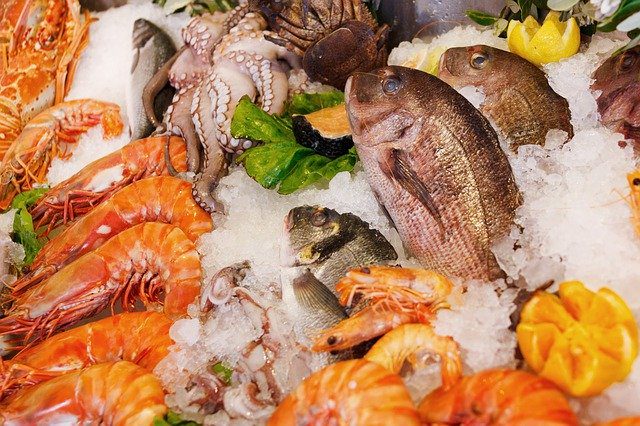
Our stomach ideally has a pH level of 3.5, which is considered quite normal. Our body needs that acid to be able to break down the food that enters the system. However, if it gets any more acidic than that, it can cause problems such as acid reflux.
Our blood is slightly alkaline which falls between the range of 7.36 to 7.44 pH level. The lowering of blood pH may lead to many health problems such as diarrhea and starvation.
The saliva’s pH generally remains between 6.2 to 7.6 for the whole day. Saliva neutralizes the acid but when you eat or drink something, that pH level can change. Any bacteria in your mouth can break down the carbohydrate you eat and that leads to the generation of lactic acid, butyric acid, and aspartic acid. These lower the pH levels of your saliva.
The 4 pH of urine is very acidic, 7 pH is neutral and 9 pH is alkaline. Our kidneys expel excess acids through urine and high pH value is associated with UTI, kidney stones, diarrhea, starvation, diabetes, and ketoacidosis. The pH levels in one’s urine can be easily checked with a dipstick test.
The pH levels of our stomach, saliva, and urine reflect our health condition and we can maintain it through healthy eating habits including top alkaline food in our diet but the pH in the blood cannot be changed.
Is There A Connection Between Alkaline Food And Alkaline Blood?
Food is substantially made of water and we can measure it through pH, and our body is almost liquid and can be measured by the pH level of blood. There is no direct relation between alkaline food and the pH of the blood. It can’t be changed by making changes in one’s diet. If our blood pH falls down below 6.8 or above 7.8 then our body cells will stop their functioning, which will result in death.

Does Every Acidic Food Form Acid?
You must be wondering that despite being acidic in nature, why is lemon included in the list alkaline fruits? And why do people make it part of their detox drink on an empty stomach when our stomach is already acidic. The answer is simple. Some acidic foods, such as the lemon, have an alkaline effect in the body. It’s pretty much the same way meat, which is not acidic in nature, causes the acid levels in the body to increase.
Also Read: 12 Tremendous Benefits Of Lemon Water

Alkaline Or Acidic, Why Does It Matter?
Acidic food forms acidic ash, which further makes our blood acidic and alkaline food results in alkaline blood. Acidic waste includes protein, sulfur, and phosphorus, while on the other hand, alkaline waste has calcium, magnesium, and potassium.
Our body’s mechanism is designed in such a way that it starts absorbing calcium from the bones and magnesium from the muscles to recover from any extreme acidity, and any prolonged borrowing of these minerals may result in muscle wastage and low bone density.
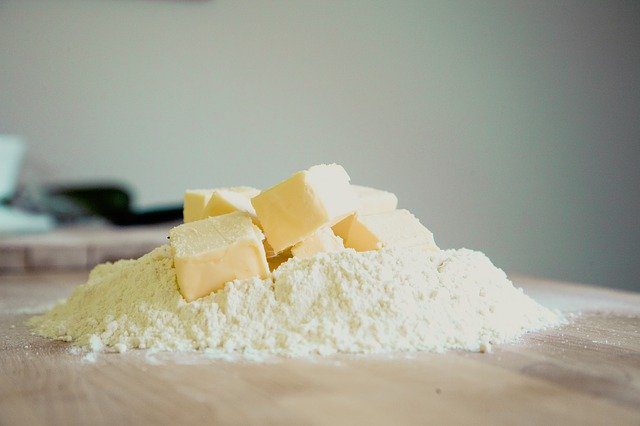
Acidic blood causes Osteoclasts ( breaking down of bones) and alkaline blood results in Osteoblasts (forming up of bones) Symptoms of Osteoclasts are low energy, joint pain, muscle weakness, frequent colds, confusion, exhaustion, anxiety and depression, headaches, bloating, acne. The excess intake of acidic food may welcome the bacterial, microform, and yeast’s growth in our digestive system and may clog the intestines.
Our ultimate goal is to support our body’s pH level without depriving ourselves of the necessary proteins. We must look at the alkaline food list but we can’t rely only on alkaline food as it may not be sufficient for satisfying hunger and the protein requirements. Some acidic foods are pretty healthy, such as eggs and walnuts so the bottom line is we should have a balanced diet consists of 75% of alkaline food with 25% of acidic food.
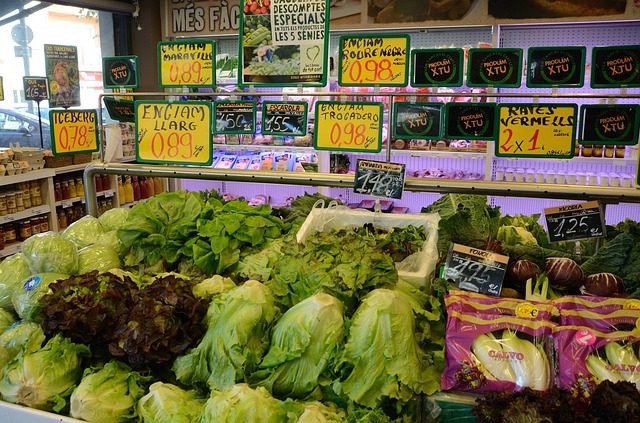
Acidic Food And Cancer
Some researches show that a diet high in acidic food develops the growth of cancer cells in the body and emphasis should be given to the alkaline diet chart but MD Anderson Cancer Center says that there is no direct impact of diet on cancer and alkaline food can’t prevent cancer. All the cancer studies were done on food, not on human bodies, and the blood pH can’t be changed with diet (1).
Alkaline Foods List
1. Fruits
When it comes to nutritious and delicious treats, nothing can beat fruits. Some fruits such as avocado, papaya, fresh coconut, cucumber, melons, dates, bananas, berries, limes, cantaloupe, mango, (sweet) apple (sweet) tomato, grapes (sweet) passion fruit, pears (sweet) pineapple, apricots, umeboshi plum, and kiwi are a high alkaline food. Watermelon and lemons are the highest alkaline fruits with a pH of 9.0.
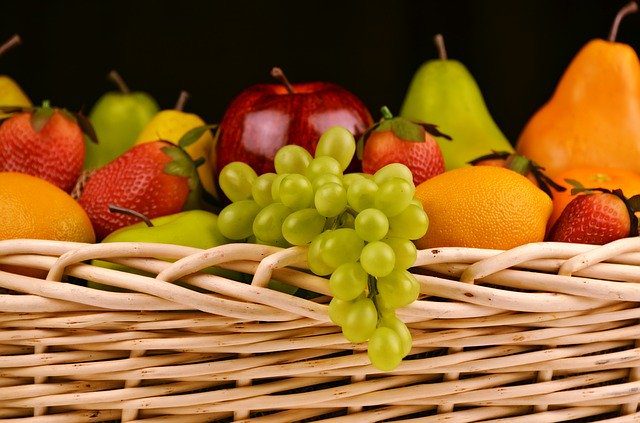
2. Green Leafy Vegetables
Whether people like green leafy vegetables or not, they are among the top alkaline foods and are always recommended as part of one’s daily diet. Spinach, broccoli, parsley, Swiss chard, and kale have a pH ranging between 6.0 to 7.0.
3. Root Vegetables
Root vegetables such as potato, taro root, beet, lotus root, carrots, spring onion are essential in our kitchen. They are nutritious, are considered to be high alkaline vegetables, and can be found easily. The pH level of these veggies is between 5.6 to 7.5.
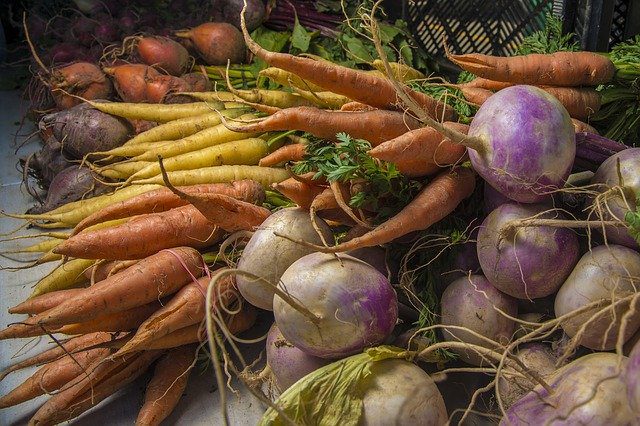
4. Nuts
Nuts are a nutrient-dense, guilt-free snack which can be enjoyed at any time. They are high in good fat and calories hence should be eaten in moderation. Cashews, almonds, raisins, currants, and chestnuts are alkaline-rich foods and super delicious. However, do find out about any nut allergy that you might have before bingeing on them. These nuts are high alkaline foods with a 5.9 to 6.9 pH level.
5. Sprouts
Sprouts are 30 times more nutritious when compared to their vegetable counterpart. Mung beans and Alfalfa also called Lucerne (from the legume family) come from germinated plants. The advantages of enzymes made from sprouting make them a wonderful food choice. Sprouts have a pH of 5.0 and come under the list of alkaline foods.
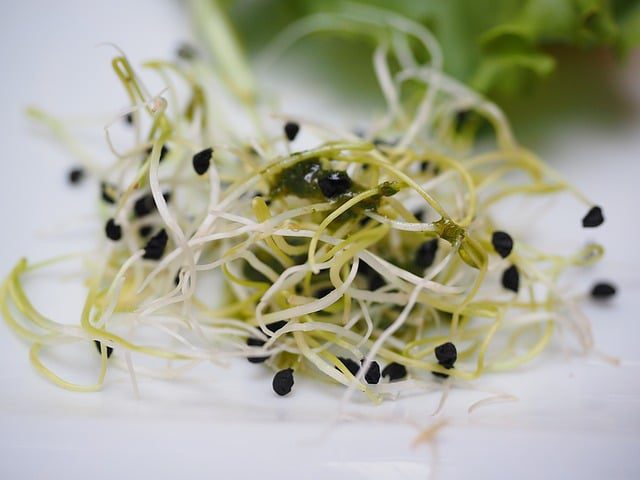
6. Onion, Garlic, And Ginger
The combo of onion, garlic, and ginger is essential in many curries. They can enhance the flavor as well as the nutritional value of any dish. Onion has high sulfur content and garlic and ginger are known for their warming properties. They also enjoy the status of being top alkaline foods with a pH range of 5.5 to 6.5.
7. Wheatgrass And Asparagus
Wheatgrass and asparagus are alkaline-rich foods. Asparagus has a pH of 6.5 to 7.0 and wheatgrass is a good source of chlorophyll, vitamins and minerals. It cleanses the blood, forms new red blood cells, and detoxifies the body. It’s one of the healthiest green grasses and is often referred to as the king of alkaline foods.
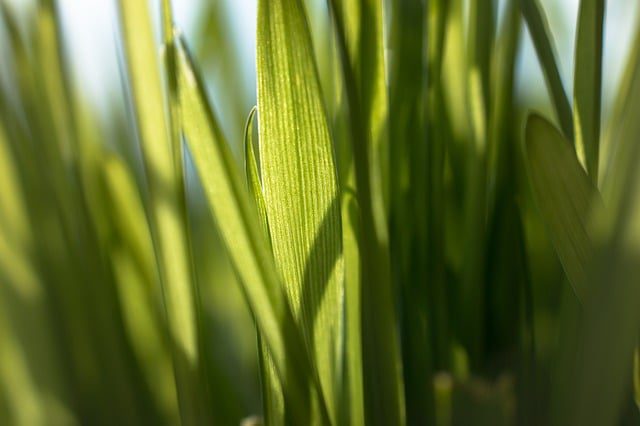
8. Seaweed And Sea Salt
Sea vegetables are 10 times more nutritious than vegetables grown on land. Kelp is a seaweed that grows in shallow, rich seawater near coastal fronts and is highly alkaline with 9.0 to 9.5 pH level. Agar-agar is an organic gelatin substance made from seaweed. The aquatic watercress or yellow cress is also known to be the oldest known leaf vegetable consumed by humans. Both are high alkaline food items with a pH level of 6.5 to 8.5
Seasalt is a mine of minerals and is always recommended over the refined white salt. It has a pH of 7.5 to 8.4.
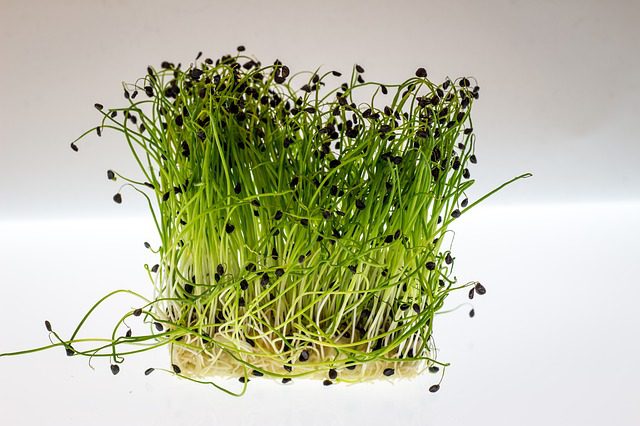
Conclusion
When it comes to leading a healthy life, it’s crucial to maintain the acid-alkali levels in the body. And since once can’t really change the pH levels of the blood, a diet packed with enough alkaline food can go a long way into keeping that balance. That does not mean you give up on acidic food entirely. But eat everything in moderation, as the wise ones would say.


